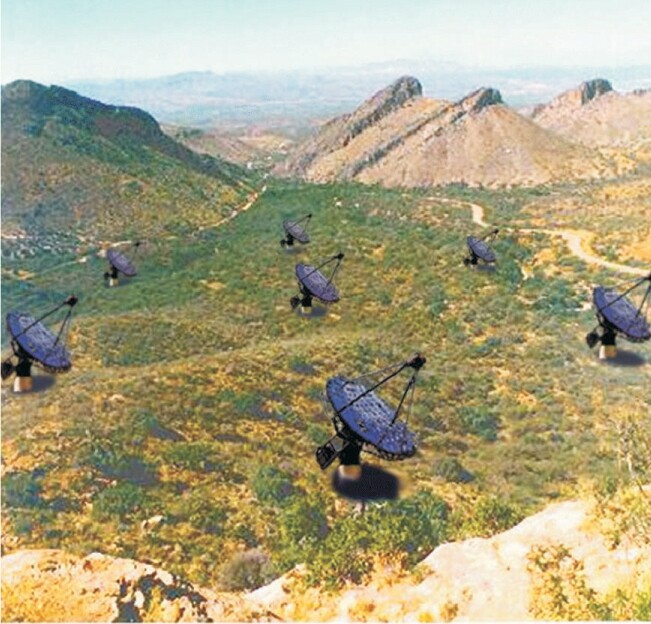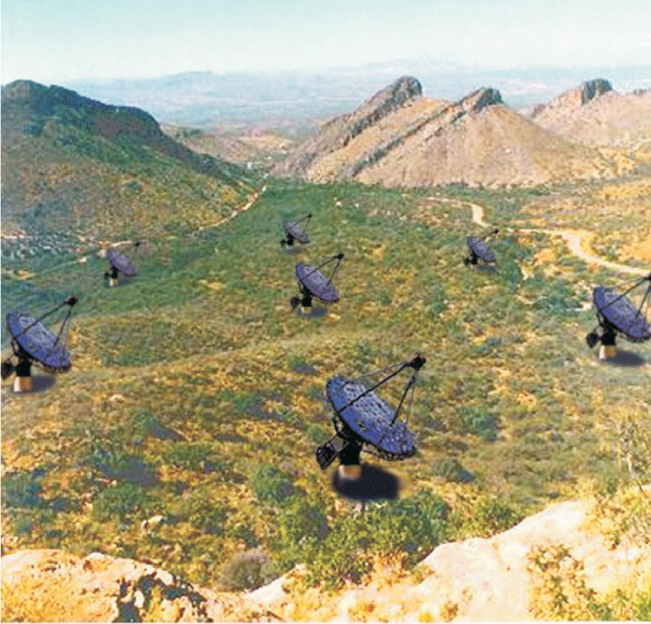VERITAS Scrambles to Find New Site
DOI: 10.1063/1.1595049
The successful appeal against a permit to site VERITAS in the Coronado National Forest in Arizona has left the cosmic-ray detector homeless and possibly penniless.
“We’re back to square one. Our funding agencies say they won’t fund us unless we have a site decision by 1 July,” says Trevor Weekes, spokesman for the Very Energetic Radiation Imaging Telescope Array System, a collaboration headed by the Smithsonian Institution. VERITAS, with its seven 10-meter telescopes, is one of several up-and-coming facilities worldwide designed to detect atmospheric Čerenkov showers triggered by high-energy gamma rays from gamma-ray bursts, active galactic nuclei, supernova remnants, pulsars, black holes, and other energetic as-trophysical sources (see Physics Today, June 2000, page 50
VERITAS was granted a site permit in January. But that decision was reversed on 21 April, when the US Forest Service upheld an appeal by environmental and Native American groups that argued the telescope array would “not retain the visual quality” of the forest and that the Forest Service should amend its forest plan before granting the permit. The Coronado’s Mt. Hopkins, Mt. Graham, Mt. Bigelow, and Mt. Lemmon already host astronomical facilities, says David Hodges, executive director of the Tucson-based Sky Island Alliance, one of the environmental groups that appealed. “We also had a lot of concern about the cumulative effect of astrophysical development,” he adds.
Lucia Turner, the deputy regional forester for Arizona and New Mexico agrees: In upholding the appeal, she told the Coronado branch of the Forest Service to “complete a visual resource effects analysis including cumulative effects” and to prepare a forest plan amendment that incorporates VERITAS.
The overturning of the permit decision was a surprise, says Weekes. “It’s been five years since we made the initial application, and there were no contacts with us by environmental groups until the appeal process.” The VERITAS team had heard from a Native American group that opposed having VERITAS near its sweat lodge—but that’s not why the permit was retracted.
Now, under the specter of losing Department of Energy and NSF funding for the $22.5 million project, the VERITAS team is scrambling to find a new site by the 1 July deadline. Although other sites in the national forest would be acceptable to both astronomers and environmental groups, says Weekes, “it will take six months to a year for the Forest Service to process them.” Project leaders are considering everything from leasing private land to moving to Mexico, he adds.
“The basic problem,” says Weekes, “is that any fringe group, any small activist group, can object. It’s a chilling message for new astronomical projects in the US. It makes siting telescopes overseas more attractive.”

VERITAS as it would have appeared at the Coronado site it now seems unlikely to inhabit.
JIM BUCKLEY/WASH U.

More about the Authors
Toni Feder. American Center for Physics, One Physics Ellipse, College Park, Maryland 20740-3842, US . tfeder@aip.org
